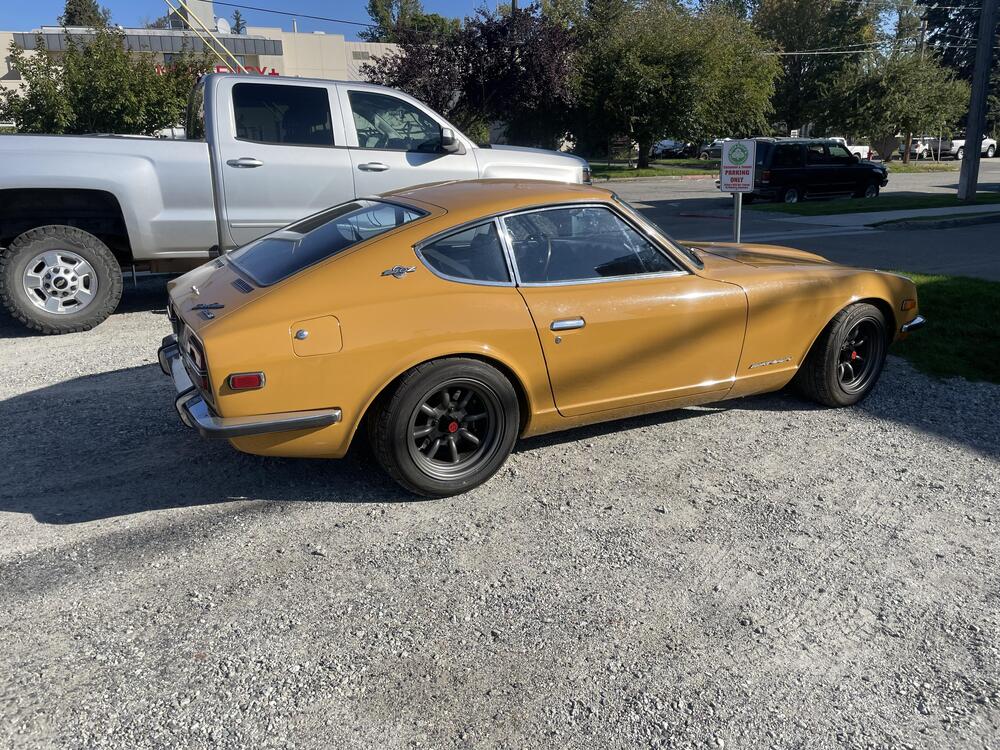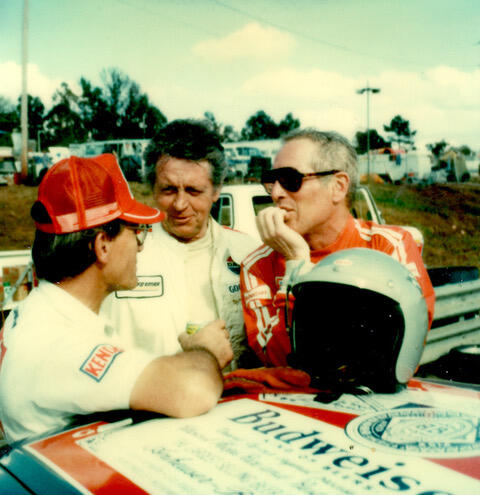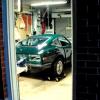Not here to debate whether or not someone should do these things. I’m here to understand IF it can be done because this information is not findable on the internet and there is a lot of bad info out there.
For example, I didn’t know that the R in r180 stands for “Rear,” that there is an f180 that was used as the front differential in trucks, and that f180 gears are cut in the opposite direction, meaning you can’t use an f180 as an r180.
I also didn’t know that the ring gear inside diameter changed from 110mm to 115mm at some point in the evolution of the r180 family. Pinning down when that happened would be worthwhile, as would when they switched from 100mm bolts to 12mm bolts and finding out if 9-bolt rings are standard or if there are others.
I would also like to know if any manufacturers other than Subaru and Nissan used r180 differentials with the same case, as that would open up parts availability and swapping potential.
While I appreciate that the complexity of messing with a differential may or may not necessitate caution, wether or not one use the full assembly or chooses to fine tune their differential with internal parts is up to them.
Part numbers, years, models, measurements, and side by side comparisons would be very useful.
(edit: the first question these technicians asked when I asked about putting 240z R&P in a Subaru r180 was what I asked in my first post. They are not parts experts across manufacturers, but people working in Subaru service stations. They know how to do it but know whether parts will swap.)
 Subscriber
Subscriber 3Points2,734Posts
3Points2,734Posts




